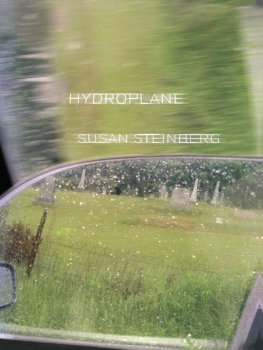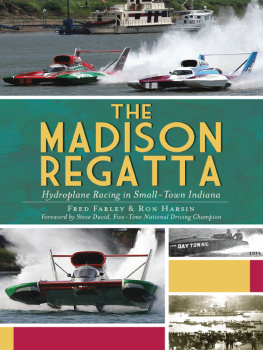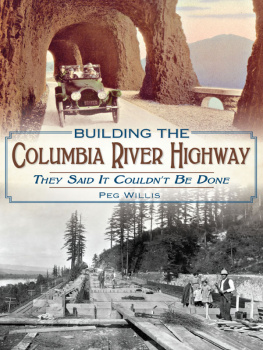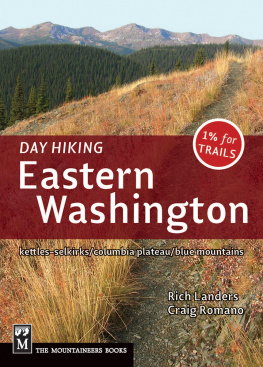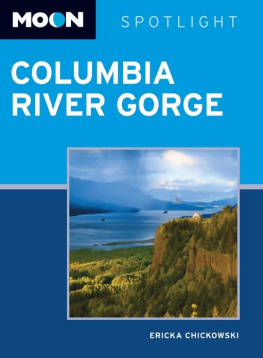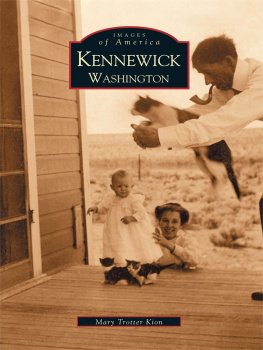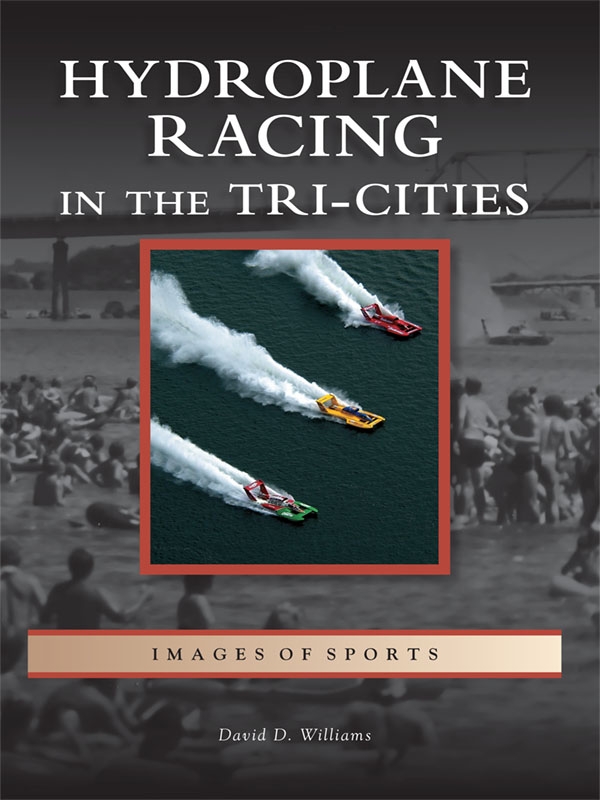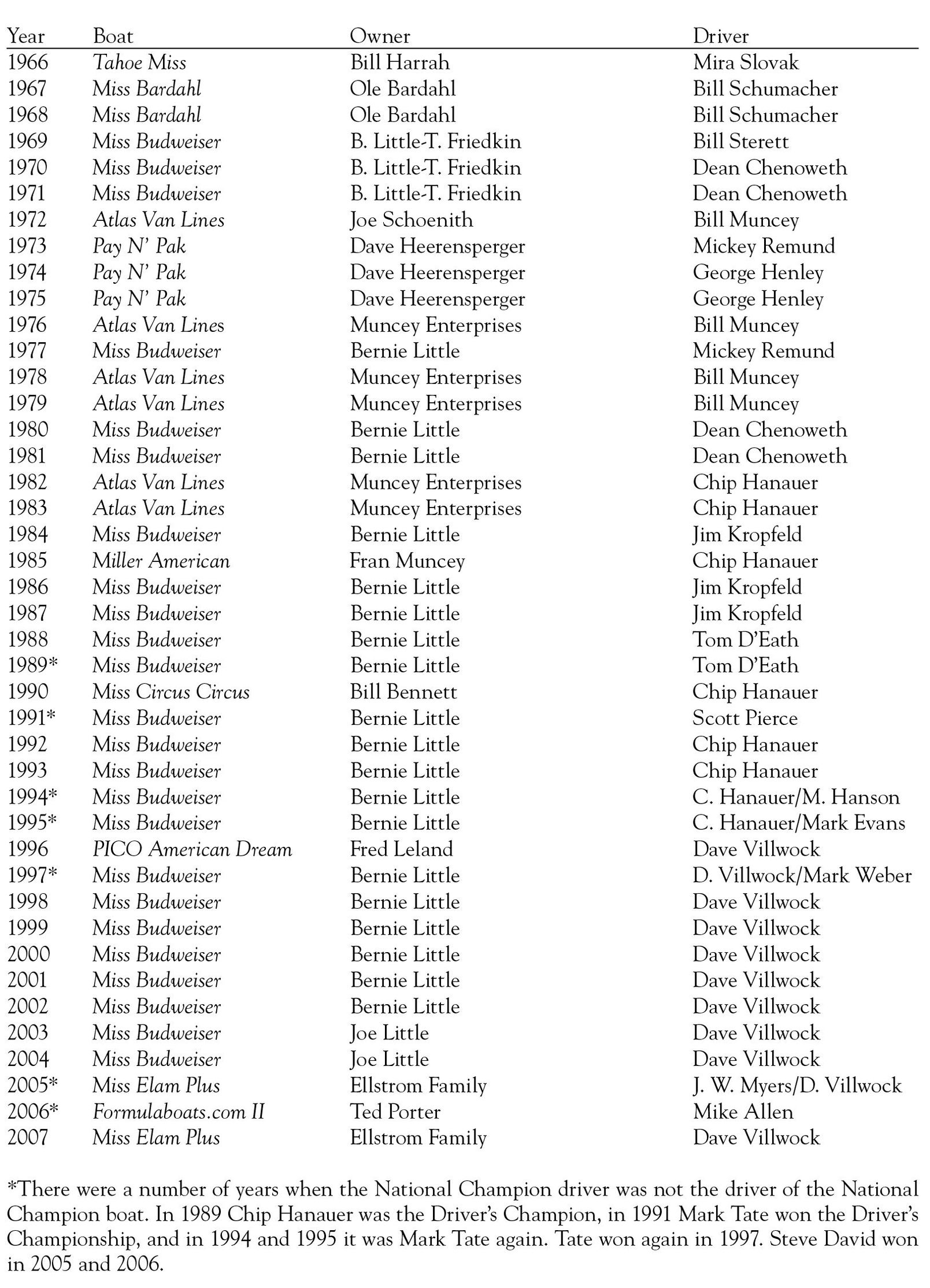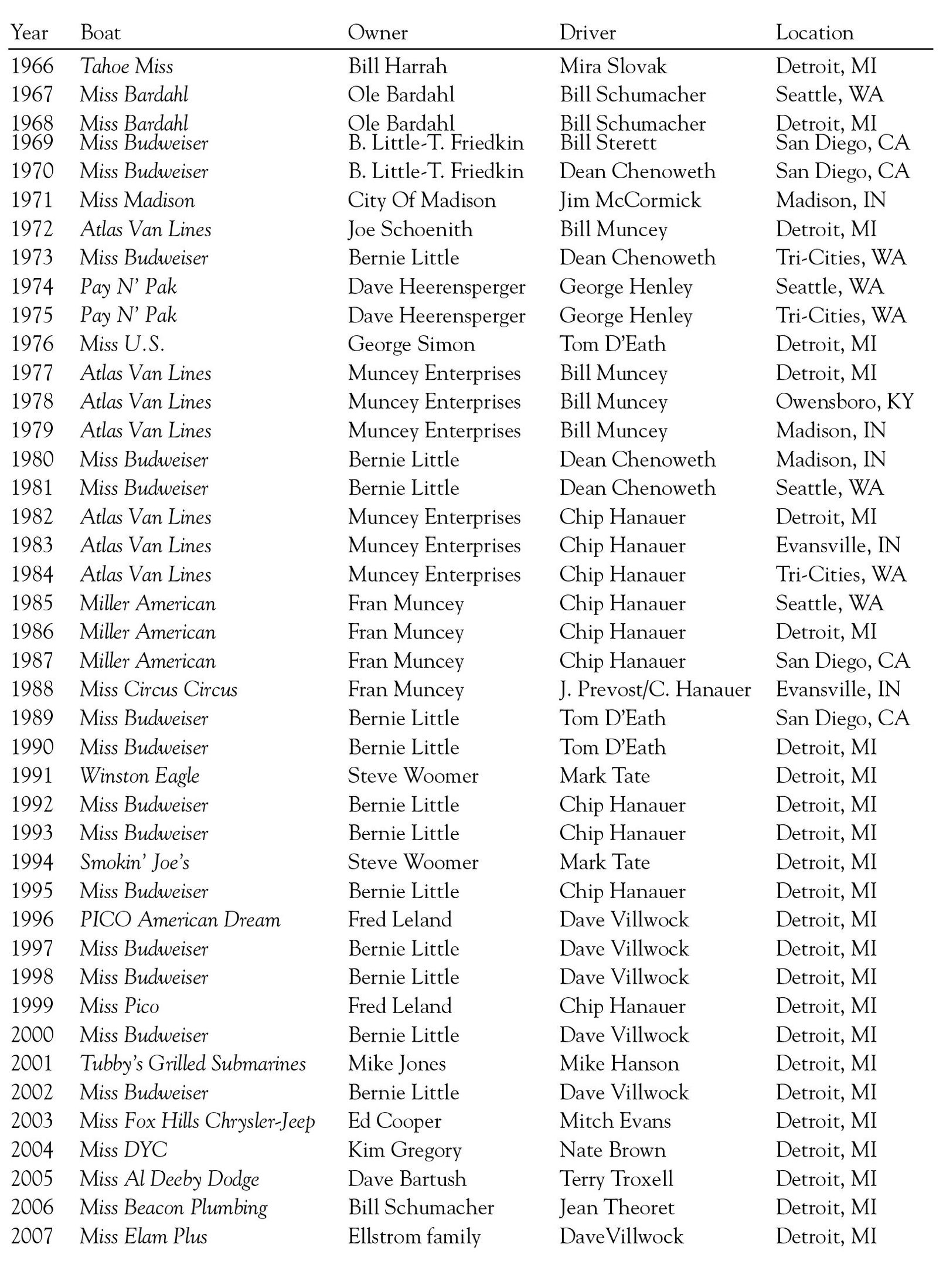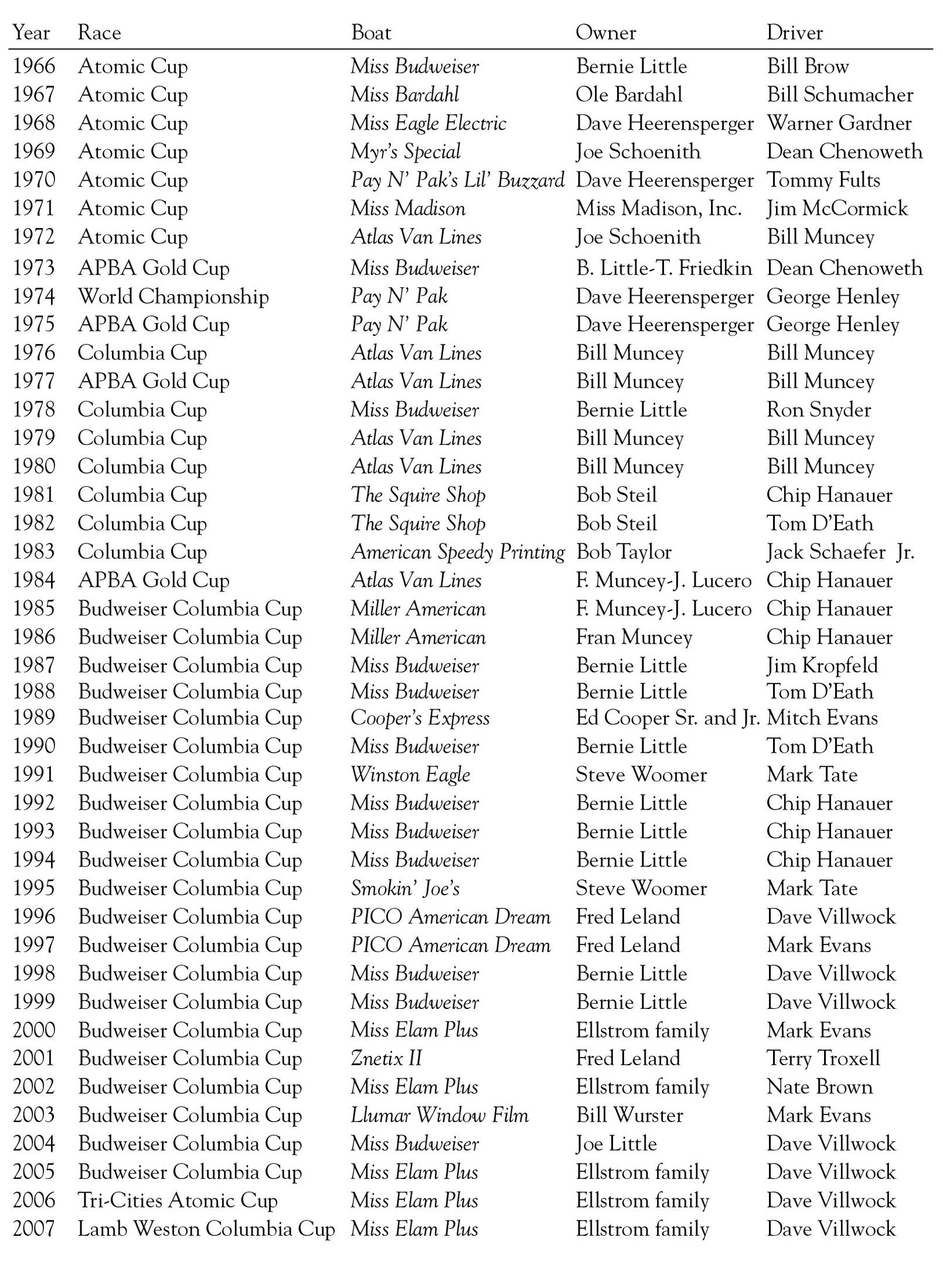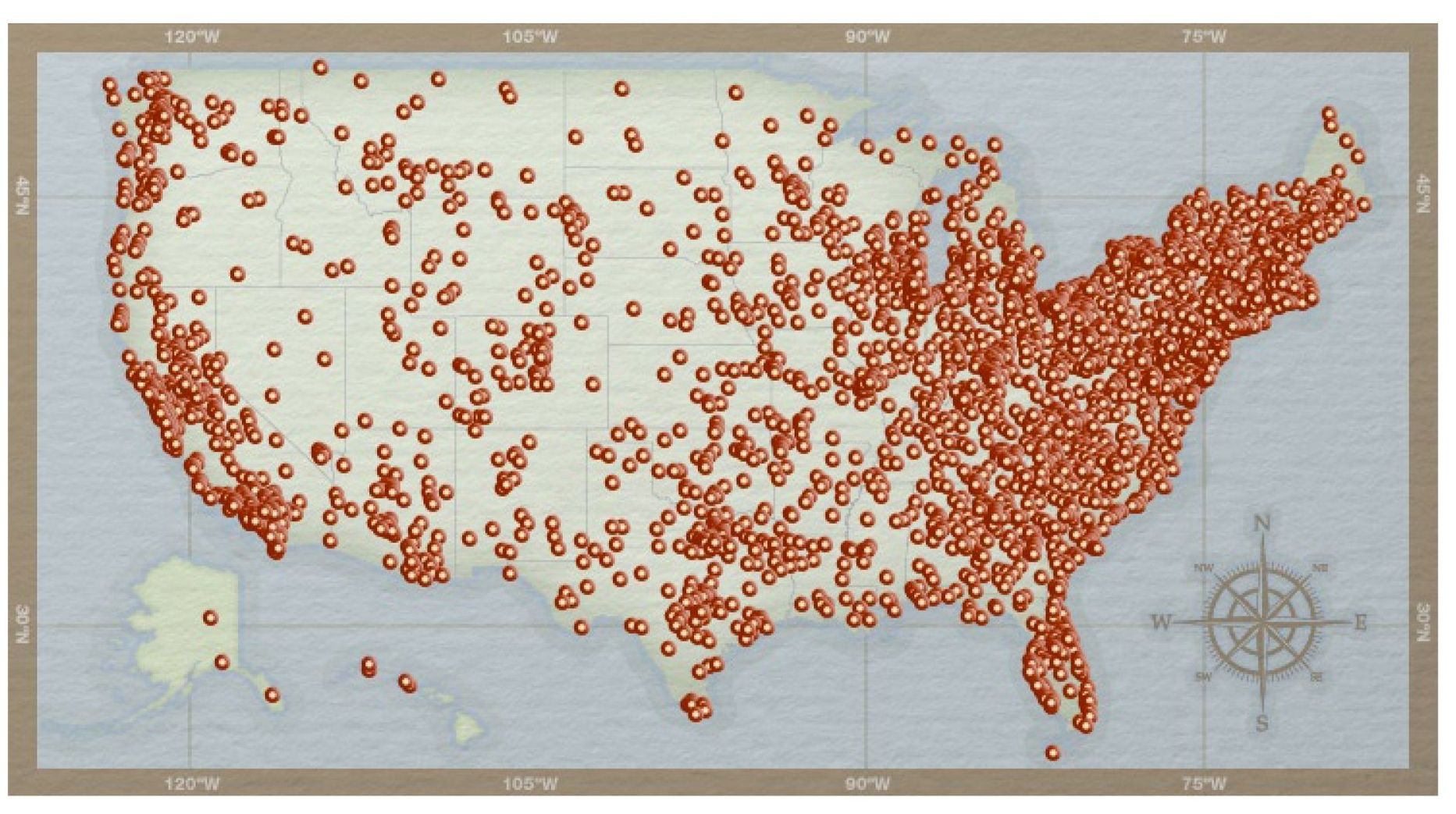1
19661972 THE EARLY YEARS
The Tri-Cities love affair with unlimited hydroplane racing began in 1957, when a group of Tri-Cities businessmen led by Stan Adams bought Edgar Kaisers Scooter Too and changed her name to Tri-Tomic . The black and white boat sported three electrons orbiting a nucleus on her tailfin. Before she ever raced, she went through another name change and was called Adios when she appeared at the Mile High Gold Cup on Lake Tahoe.
At that first race, Adios qualified with future Miss Budweiser crew chief George McKernan at the wheel but failed to finish a heat. In 1958, the boat was sold to George Gilham, and the team went to the Diamond Cup in Idaho, where they finished eighth out of 11 boats. In 1959, Gilham renamed the boat Miss Tri-Cities and took her to the Gold Cup race in Seattle but failed to qualify.
In 1965, an informal group of Water Follies board members enjoyed getting together in the bar at the Sahara Hotel in Pasco, knocking back a few beers, and talking about boat racing. One day, Jack Hamann, Mark Pence, Keith Bowers, Ken Maurer, and Wally Reid decided to hop into Jacks Cadillac and drive down to Lake Tahoe to watch the 1965 World Championship Race and learn how to host a race. The five friends took turns driving and paid for the expenses out of their own pockets. To show the rest of the racing community that they were serious, they gave Seattles Bob Gilliam $1,500 to sponsor the U-88 for three races and called her the Tri-City Sun . The boat failed to qualify for the Seattle Gold Cup and the Lake Tahoe World Championship; she finally made it into a race in San Diego and finished 13th.
On November 17, 1965, the American Power Boat Association (APBA) awarded the Tri-Cities Water Follies a sanction to hold its first unlimited hydroplane race on July 24. The race would be called the Atomic Cup, and the course would be in a wide spot of the Columbia River behind McNary Dam called Lake Wallula, just north of the Highway 395 Bridge (known locally as the Blue Bridge). The pits would be in Columbia Park, and the prize money was $25,000!
Race chairman Jack Hamann led a team of hardworking Water Follies volunteers to get everything ready for the event. It was a huge task arranging for pit space, cranes, bleachers, parking, restrooms, concessions, security, and a thousand other details for a first-time race.
Unfortunately, the 1966 race was almost over before it started. Three devastating accidents (one just three weeks before the race) killed four of the nations top drivers and destroyed four of the fastest boats. There was talk among fans that the season should be canceled, but the owners and drivers never wavered in their commitment to keep racing. Twelve teams showed up for the Atomic Cup, including Bob Gilliam and his aging U-37 Miss Tri-Cities , sponsored by the Tri-Cities Nuclear Council.
The fastest qualifier was Bill Cantrell and the Smirnoff , at 111.386 miles per hour. The weather was warm, sunny, and windy. Over 60,000 people paid $2 each to watch Bill Brow drive Bernie Littles Miss Budweiser to its first victory ever. It was a tough race, with both the Miss Chrysler Crew and Tahoe Miss leading the final heat before breaking down. The Tri-City Herald pronounced the race a successfinancially, artistically and safety wise. Owners and drivers agreed and promised to come back the following year.
In 1967, fifteen boats showed up for the Atomic Cup. Jim McCormick and the Wayfarers Club Lady were the top qualifiers at 110.837 miles per hour, but Bill Sterett in the Chrysler Crew was just a tick of the clock behind at 110.565, and Bill Muncey in the Miss U.S. was third at 110.294. Billy Schumacher won the race with a perfect day, winning all three heats in his new Miss Bardahl .
One of the fastest boats on the unlimited circuit in 1968 was Dave Heerenspergers Miss Eagle Electric , driven by Col. Warner Gardner. The Screaming Eagle was based out of Spokane, in eastern Washington, and Tri-City fans embraced the team as a hometown favorite. Colonel Gardner and the Eagle did not disappoint their supporters. They qualified fastest and won all three heats to claim victory in the third Atomic Cup. Six weeks later, Gardner was killed when the Eagle crashed in the final heat of the Detroit Gold Cup.
An estimated 92,000 sun-baked spectators watched eight boats battle for the 1969 Atomic Cup, but the racing action was not the only thing that was on their minds. Many fans carried transistor radios, listening between heats to news bulletins issued from NASA about the Apollo 11 lunar mission. Shortly after Bill Muncey and the Miss U.S. claimed victory in heat 1B, and just before the start of heat 2A, Neil Armstrong and Buzz Aldrin piloted the lunar lander to a perfect landing in the Sea of Tranquility on the moon! There was an audible cheer from fans all along the racecourse. Later that day, Dean Chenoweth drove the Myrs Special to a final-heat victory to claim the fourth annual Atomic Cup.
Tommy Tucker Fults drove Dave Heerenspergers Lil Buzzard to victory in the 1970 race and, as in 1968, fans treated Heerenspergers victory like a home team victory. Unfortunately, just like in 1968, the victory was followed by tragedy when Fults was killed two months later when the Lil Buzzard crashed while practicing for the Gold Cup in San Diego.



